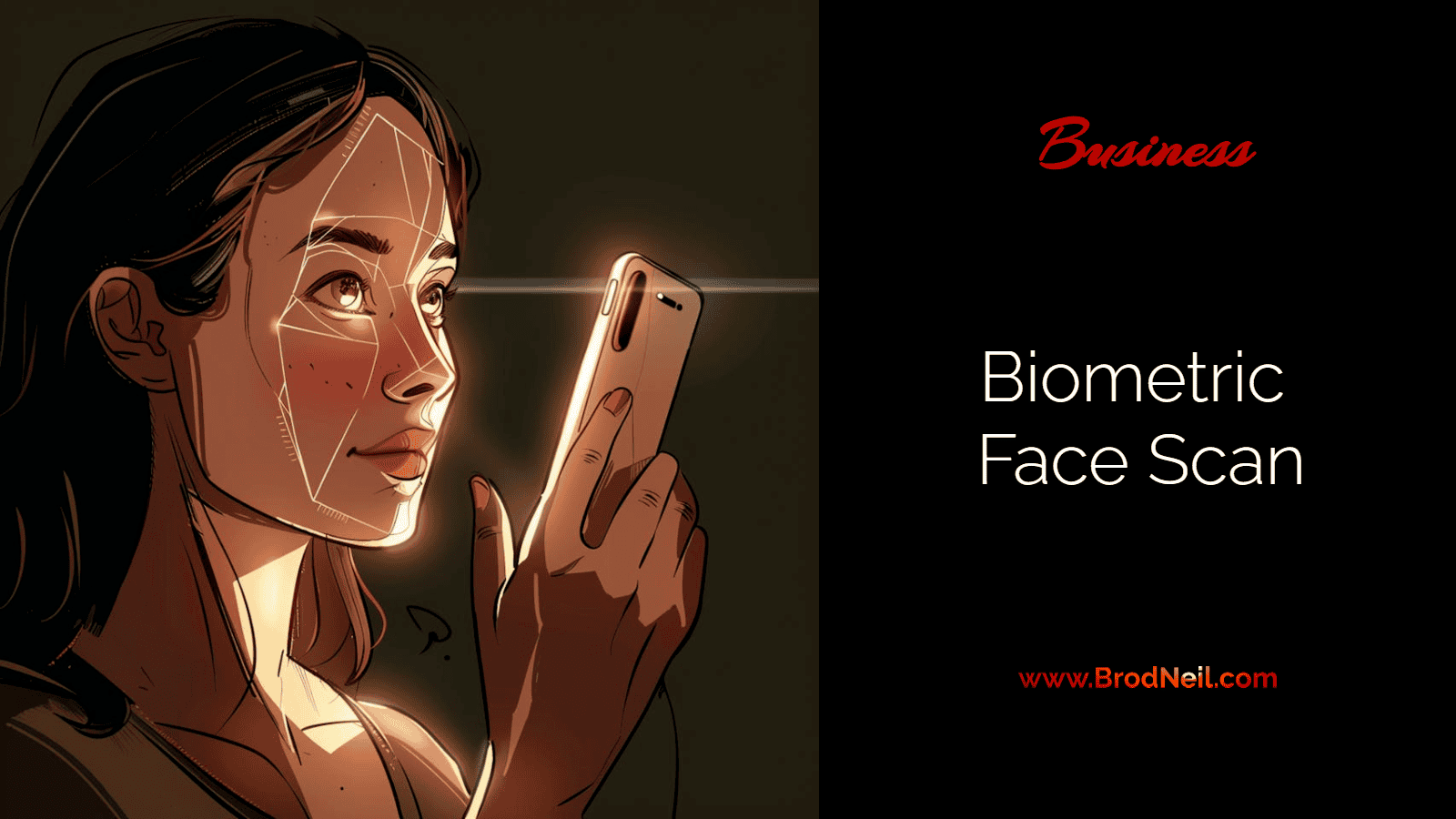Biometric face scan technology has revolutionized the world by authenticating and identifying users by exploiting facial features for security purposes. It has enhanced security measures in various sectors from unlocking mobile phones to streamlining airport security checks and improving customer authentication in financial transactions. Its integration into daily life devices and applications has made it a cornerstone of this digital era. Facial recognition scanners provide technology for maintaining user privacy and data security.
Evolution of Biometric Face Scanning: From Identifying Scammers to Access Control
Modern biometric systems used by companies and consumers have only become widely available in the last ten years. However, the history of biometrics goes back hundreds of years. It all started with the development of the “Henry System of Fingerprint Classification” in British India at the end of the 19th century, which was mainly used for identifying criminals.
Over time, as technology rapidly improved, biometrics expanded from criminal identification to many other industries and everyday tasks. For example, we now use biometrics to unlock our mobile phones and secure bank transfers. In 2023, biometrics became the most preferred method for security authentication when logging into online accounts, apps, and smart devices. Today, biometric methods include voice, scans of fingerprint, facial recognition, and iris recognition, as well as signature-based authentication. Among these, facial recognition scanner is expected to see the most significant increase in usage in the coming years, with its market size predicted to reach almost 20 billion U.S. dollars by 2023.
Procedure for Biometric Face Scan – Explained
Biometric face scanners are widely used in this digital era due to every system’s increased demand for verification processes. The detailed procedure for a biometric face scan is given below:
Facial Recognition
The procedure starts by capturing the image of the user’s face using a camera or a specialized device. The image contains all the facial features like shape of the eye, nose, and jawline. The capturing device detects the person in a crowd or alone.
Feature Extraction for Identification
The system works by extracting particular features from the recorded images. These features specify facial landmarks such as the distance between the eyes, nose length, and jawline structure.
Template Creation for Image Processing
A mathematical representation of the user’s facial characteristics is created as a digital template according to the extracted features. This template serves as a reference for future use in the database.
Comparing Data with Database
Using face recognition technology, the user’s face is captured and compared with databases of the system in real-time. The system compares the captured face with the templates stored in the databases.
Matching System Algorithm
The user’s captured face is compared with the stored templates in the databases. The similarity score is assigned to it using the system’s algorithm.
Final Verification
Depending upon the type of application, the system performs the process of identification or verification. For verification, the system examines if the captured face is matching with a particular template such as during the process of login authentication. For identification, the system inspects the entire database to find a match for a new face. For example, In a scenario of a security watchlist.
Decision Making
Based on the threshold of the system and similarity score, a final decision would be made on whether the new face matches the already existing templates or not.
Approval or denial of the Access
In the final step, the system approves or denies the access based on the decision. Access is granted in cases when the face successfully matches and is verified. Otherwise, it is rejected by alerting the security panel.
Sectors Utilizing Biometric Face Scan Technology
Access Control systems for residential and Commercial means
Biometric face scanning is used to grant access to residential and commercial facilities e.g., for pre-registered members or guests, family members, and authorized employees, mainly to grant access to smart locks and elevators and gate entry.
- Immigration and Border Control
Users face biometric screening at the U.S. border control while arriving or crossing it. It is mainly designed for CBP officers to recognize visa breaches or national security threats.
- Law Enforcement Departments
Police officers use biometric face scanners to investigate criminals in daily life. Officers frequently use biometric face scanners to identify the thief by locating them on watchlists and finding their identity when the person cannot identify themselves.
- Banking
Know Your Customer (KYC) and Anti-Money Laundering(AML) ordinances need robust client authentication instantly. By executing biometric security, banks can be protected from monetary losses and other related scams.
- Internet of Things
Biometric systems are used in smart devices in daily life. Home assistants use voice characteristics, such as pitch and tone, as unique identifiers for user authentication, it is a form of biometric identification.
In the End:
Undoubtedly the benefits of facial recognition are immense. As the world evolves digitally, the demand for identity verification and authentication has increased to another level. A face scanner is an advanced technology for instant verification used by different checking officers to identify the user’s identity and make decisions based on the results. Organizations and small businesses should move forward toward biometric face scanning technology to make their systems more reliable and accurate.

